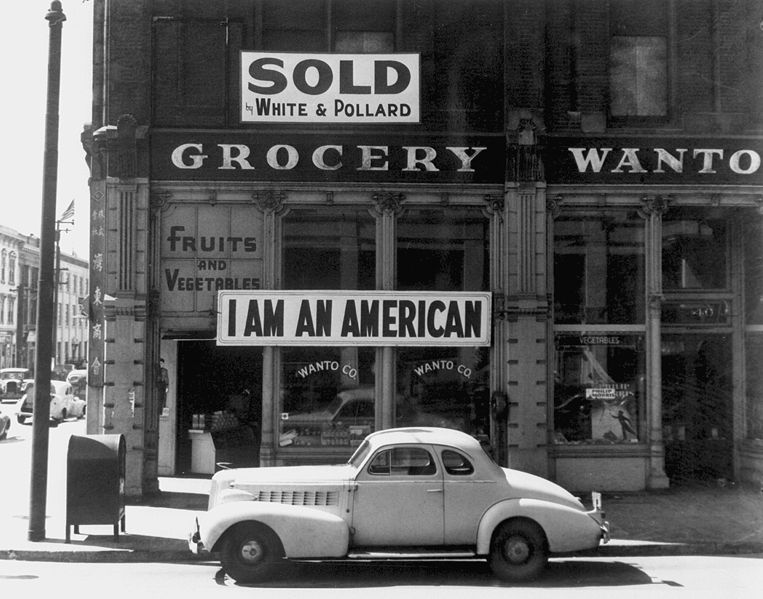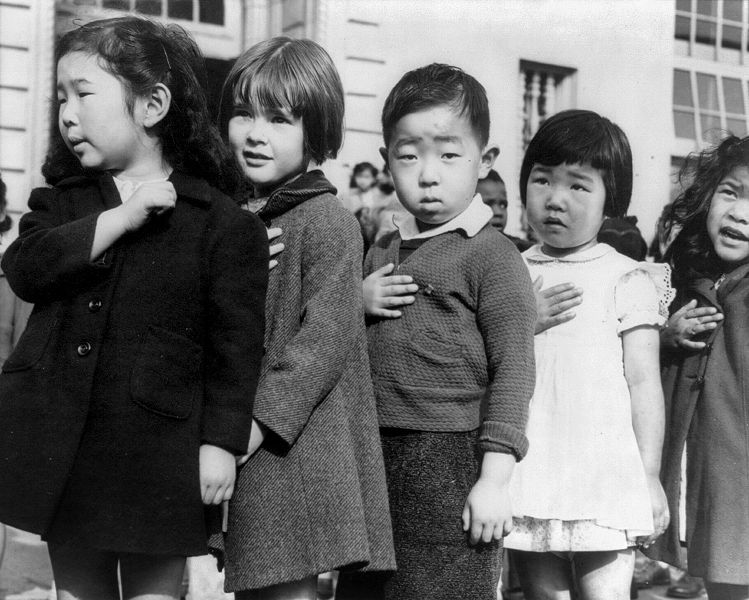Dorothea Lange
(1895–1965)
Episode #1 of the course Most famous photographers of all time
Dorothea Lange is one of the most recognized American photographers of the 20th century. She took the most iconic pictures of the Great Depression of the 1930s, portraying the struggles of working-class Americans. One of the first celebrated artistic portrait photographers, her images of people brought focus to their humanity, identity, and the concerns of their specific time and place.
As a child, Dorothea Lange contracted polio. She later credited the disease for helping to shape her humble outlook on people’s internal and external struggles. Lange aimed her camera, intending each photo to “help people to see without a camera,” including the struggles of people’s identity at a particular moment in history. Her pictures document the early 1900s American identity in a way that no other contemporary photographer, male or female, achieved.
Lange studied photography at Columbia University and apprenticed as a portrait photographer. In 1918, she went on a trip around the world and ran out of money in San Francisco, so she settled and opened a studio. She met artist Maynard Dixon, whom she married, and they toured the American southwest in the 1920s. Lange shot breathtaking images of indigenous Hopi, Navajo, and Chocktaw Americans throughout the decade.
In the 1930s, Lange was in a prime location to document the California migrant worker crisis. She gained notoriety with White Angel Breadline (1932) and , both of which showed the hardships of the Depression. From 1935 to 1940, the Farm Security Administration commissioned Lange to take pictures of conditions throughout California.
Her most famous portrait, Migrant Mother, Nipomo, California, is of a Native American migrant worker—a mother of seven named Florence Ownes Thompson. Lange approached Thompson as she and her children sat destitute on the edge of a pea field. Thompson had just sold their tent to buy food. The image seemed to crystallize the circumstances that Lange saw for migrant workers all across California. Today, Migrant Mother hangs in the Library of Congress.
In 1942, the Office of War Information asked Lange to photograph the Japanese American internment camps. Her images were considered to be “too negative” of the camps and were seized by the government. The images were eventually returned to her, but they were not published until after her death. In 2006, historian Linda Gordan published Lange’s collection in Impounded: Dorothea Lange and the Censored Images of Japanese American Internment.

A Japanese American unfurled this banner the day after the Pearl Harbor attack. This Dorothea Lange photograph was taken in March 1942, just prior to the man’s internment.

Children at the Weill public school in San Francisco pledge allegiance to the American flag in April 1942, prior to the internment of Japanese Americans.
Dorothea Lange was the photographer who captured images in 1945 of the San Francisco conference that would give birth to the United Nations. For the following two decades, Lange traveled the world as a photographer for multiple magazines, including Life. She documented people in their unique historical contexts, including in Vietnam, Cambodia, India, Afghanistan, and Ireland.
Like other photographers of her time, Lange used a soft focus to integrate the subject into the surroundings while creating an individualized distinction. Her portraits were not posed, but were natural and candid. Lange’s method was to approach and shoot casual moments when the subject moved into a natural pose. She tried to shoot distinguishing characteristics of the individual, such as a certain look in the face or a tilt of the head.
Recommended book:
“Impounded: Dorothea Lange and the Censored Images of Japanese American Internment” by Linda Gordon
Share with friends




